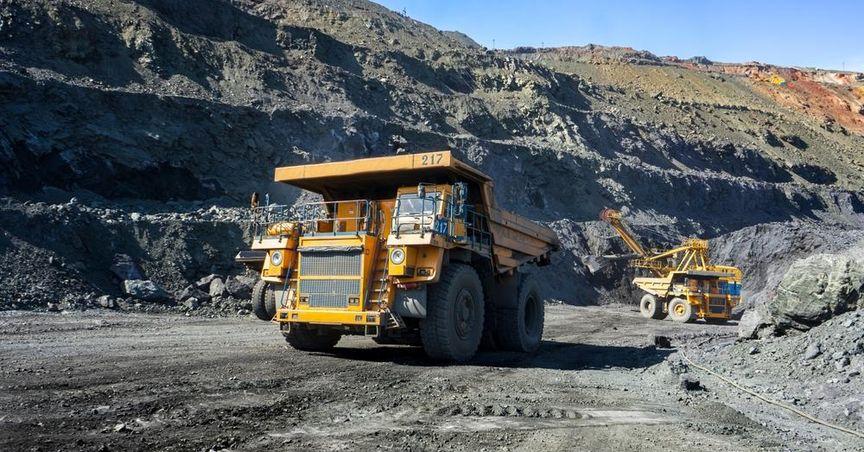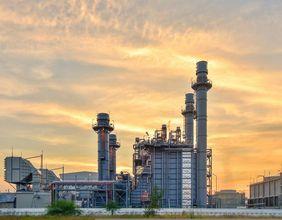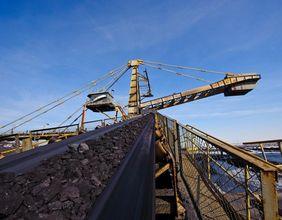Highlights
- BHP’s 2025 performance reflects sector-wide pressures
- Strong historical dividend yield underscores income potential
- Demand for critical minerals positions BHP for future growth
The share price of BHP Group Ltd (ASX:BHP) has seen a 6.1% decline since the start of 2025, drawing attention from market watchers and long-term investors alike. As one of Australia’s most prominent companies, BHP's trajectory often signals broader movements in the resources sector. Let’s explore what stands behind the performance and future potential of this mining heavyweight.
A Global Mining Giant with Diversified Focus
BHP, founded in 1885, operates a diversified portfolio in the natural resources sector, primarily across three core divisions: iron ore, copper and related minerals (including gold, uranium, silver, and zinc), and coal (both metallurgical and energy). The company is also broadening its exposure into areas like fertilisers, reflecting an adaptive approach amid shifting global demands.
Given its scale and importance, BHP is a major constituent of many portfolios—often indirectly through ASX 200 ETFs or superannuation funds. Its established presence and broad commodity exposure offer a compelling look at resource trends and capital flow in the sector.
The Materials Sector and BHP’s Role
The S&P/ASX 200 Materials Index (ASX:XMJ), where BHP plays a leading role, has averaged a 3.57% capital return over the past five years—trailing the broader S&P/ASX 200 Index’s (ASX:XJO) 7.49% annual gain. However, the true appeal for many lies in income.
Over the past five years, BHP has averaged an annual dividend yield of 6.86%, underscoring its legacy as a strong income-generating stock. At present, its dividend yield stands at approximately 5.83%, slightly below its long-term average. This could reflect either changes in payout levels or recent price movements, making valuation analysis important for potential investors.
Long-Term Growth Themes in Play
Global economic trends continue to boost demand for key materials like copper and iron ore—essential inputs for construction, infrastructure, and especially renewable energy applications. Electric vehicles, battery storage, and solar infrastructure are among the rapidly expanding markets reliant on these resources.
BHP has been actively investing in strategic projects aimed at meeting this demand, potentially benefiting from long-term macroeconomic themes tied to the energy transition. While short-term performance may ebb and flow with commodity cycles, the long-term outlook for diversified miners remains robust.






